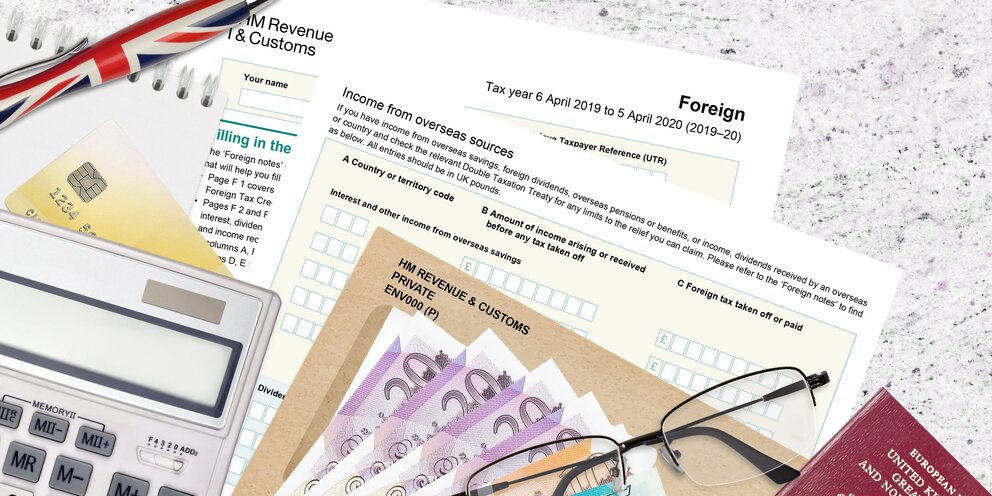What is the SA106 Form?

The SA106 form is used by individuals in the UK to report and pay tax on their foreign income. This form is specifically designed to report income earned abroad, including foreign employment income, foreign rental income, and foreign investment income. It includes sections for detailing various types of foreign income and calculating the tax liability associated with each source. The form must be completed and submitted along with your self-assessment tax return if you have foreign income to report.
Preparing to Complete the SA106 Form
Before you start filling out the SA106 form, it's crucial to gather all necessary documentation. This includes statements for foreign income, rental agreements, and investment statements. Once you have all your documents ready, proceed to complete Part A of the form. This section requires you to provide personal details such as your Unique Taxpayer Reference (UTR) and National Insurance number. After completing Part A, move on to declaring your foreign income. Here, you'll need to enter details of each type of foreign income earned during the tax year in the appropriate sections of the form. Be sure to include all sources of foreign income, such as rental income, dividends, or foreign pensions.


Calculating, Reviewing, and Submitting Your SA106 Form
After declaring your foreign income, the next step is to calculate your tax liability for each source. The SA106 form provides guidance on how to do this accurately, taking into account any applicable deductions or exemptions. It's important to carefully follow the instructions to avoid errors that could lead to penalties or delays. Once you've completed the calculations, take the time to review the entire form thoroughly. This step is crucial as any mistakes could lead to discrepancies in your tax return. Use the HMRC online portal for a quick and efficient submission process. Keep a record of your submission for your records, as it serves as proof of your compliance with tax regulations.

The Importance of the SA106 Form for Self-Employed Individuals
For self-employed individuals with foreign income, the SA106 form is indispensable for several reasons. Firstly, it ensures accurate tax reporting. By declaring all foreign income, you provide HMRC with a comprehensive picture of your earnings, which is essential for calculating your tax liability correctly. Accurate reporting is vital to avoid underpayment or overpayment of taxes. Secondly, the SA106 form helps prevent penalties. Failing to report foreign income can result in significant fines from HMRC. By completing the form correctly, you mitigate the risk of these financial penalties, ensuring that you remain compliant with UK tax laws. Accurate and timely completion of the SA106 form is a key step in responsible financial management for any self-employed individual with foreign income.
Benefits of the SA106 Form for Financial Management and Compliance
The SA106 form plays a vital role in facilitating tax relief claims, as it allows you to claim relief on foreign taxes paid, thus preventing double taxation on the same income. This ensures that you are not unfairly taxed twice on your earnings, which can significantly impact your overall financial health. Additionally, accurate tax reporting through the SA106 form supports better financial planning and cash flow management. By having a clear and precise record of your foreign income and taxes, you can make more informed financial decisions and maintain a stable cash flow. Furthermore, completing the SA106 form ensures that you remain compliant with UK tax laws. Adhering to these regulations is crucial to avoid legal issues and financial penalties, allowing you to focus on growing your business with peace of mind.

Common Mistakes to Avoid
Underreporting Income
Ensure that all sources of foreign income are accurately reported on the SA106 form to avoid underpayment penalties.
Missing Deadlines
Submit the form and tax return before the deadline to avoid late-filing penalties and interest charges.
Misclassification of Income
Properly categorize each type of foreign income to ensure that the correct tax rates are applied.




